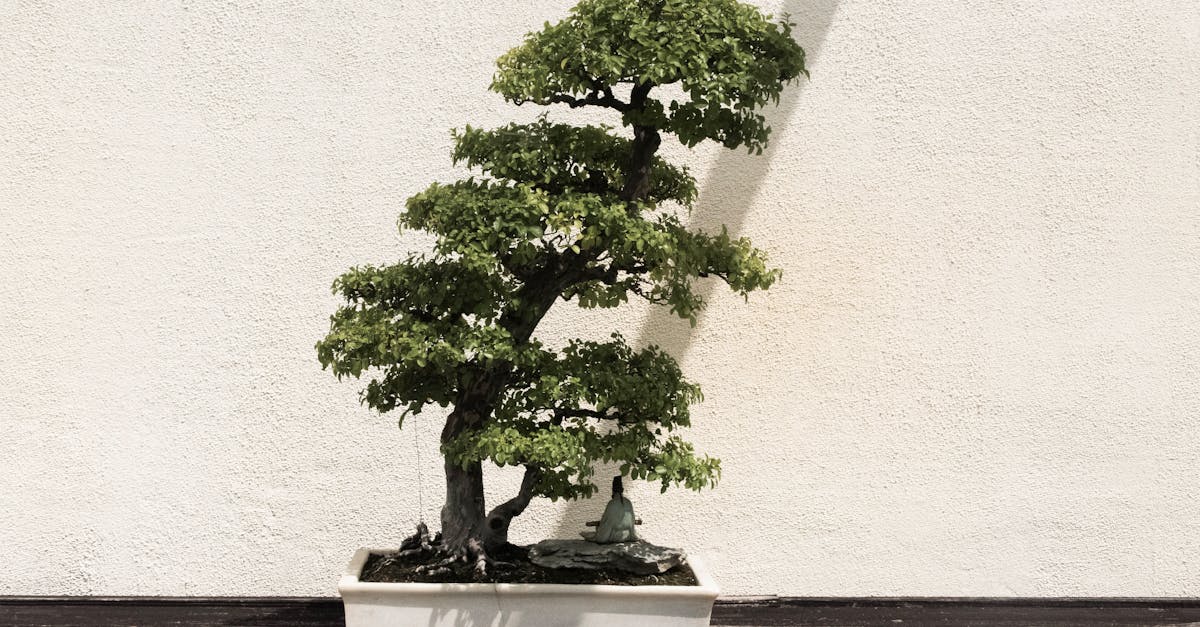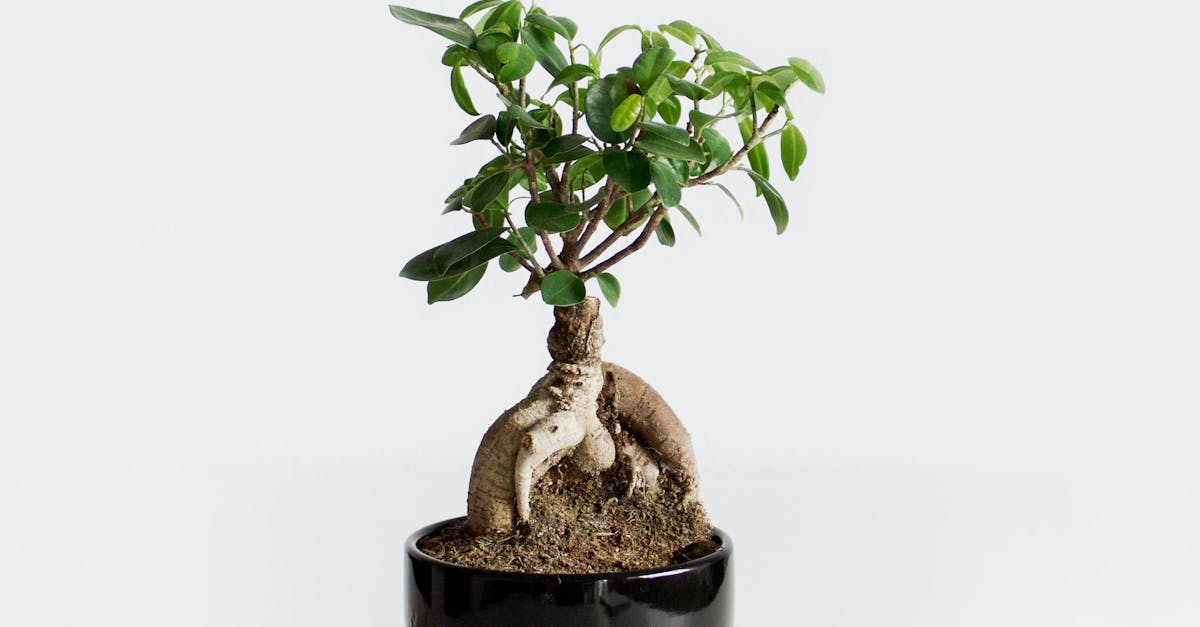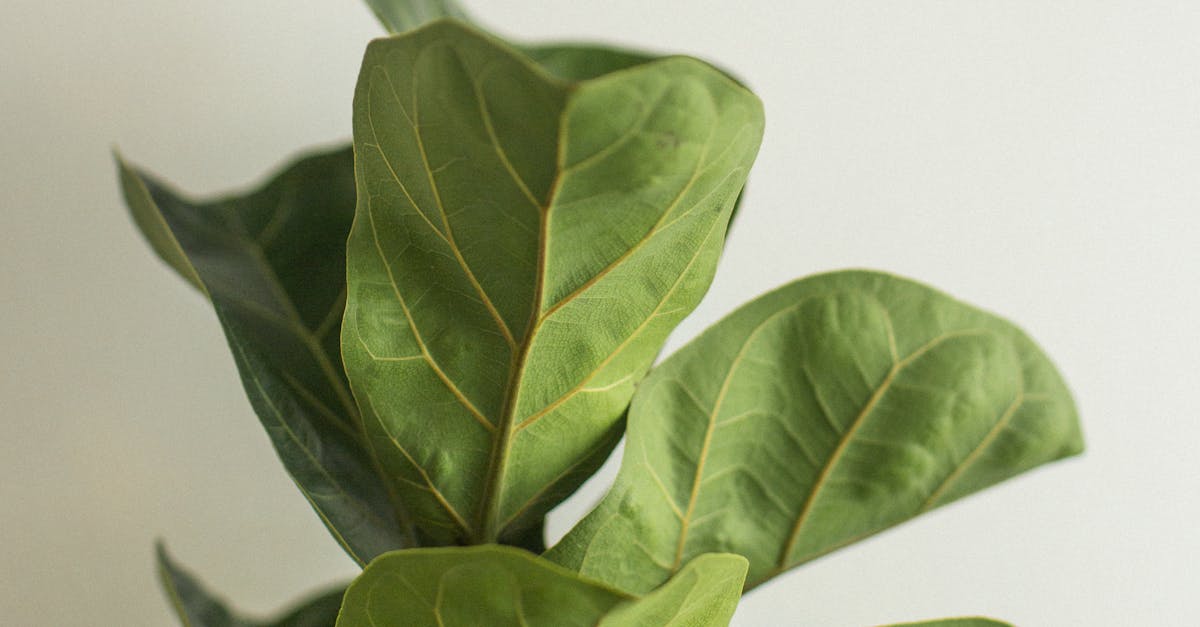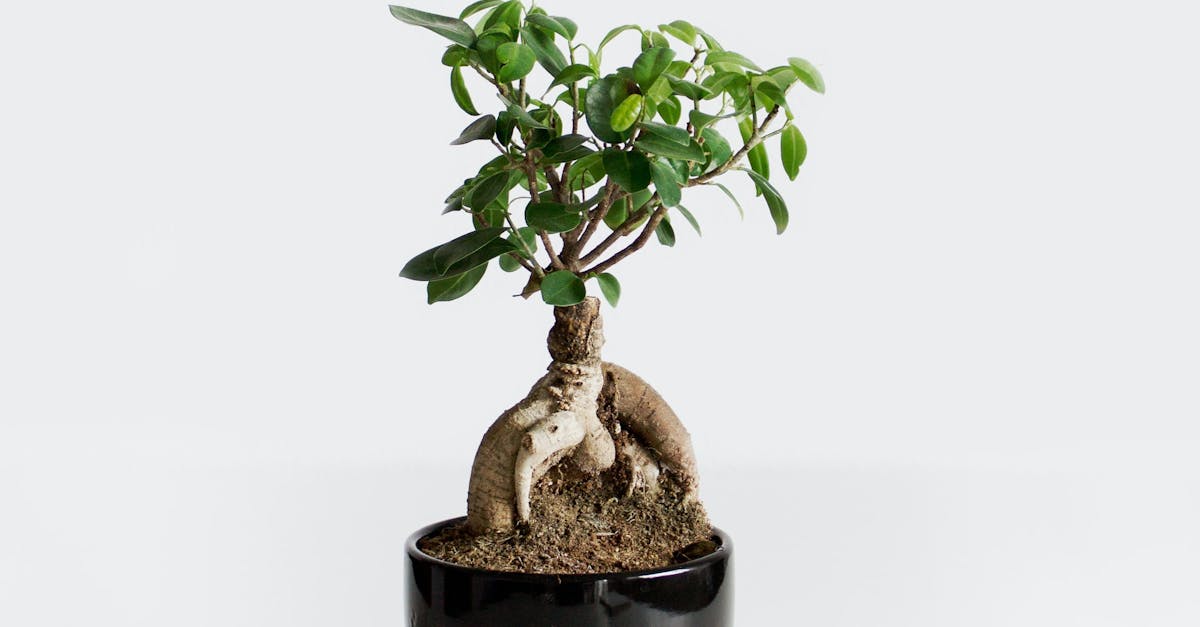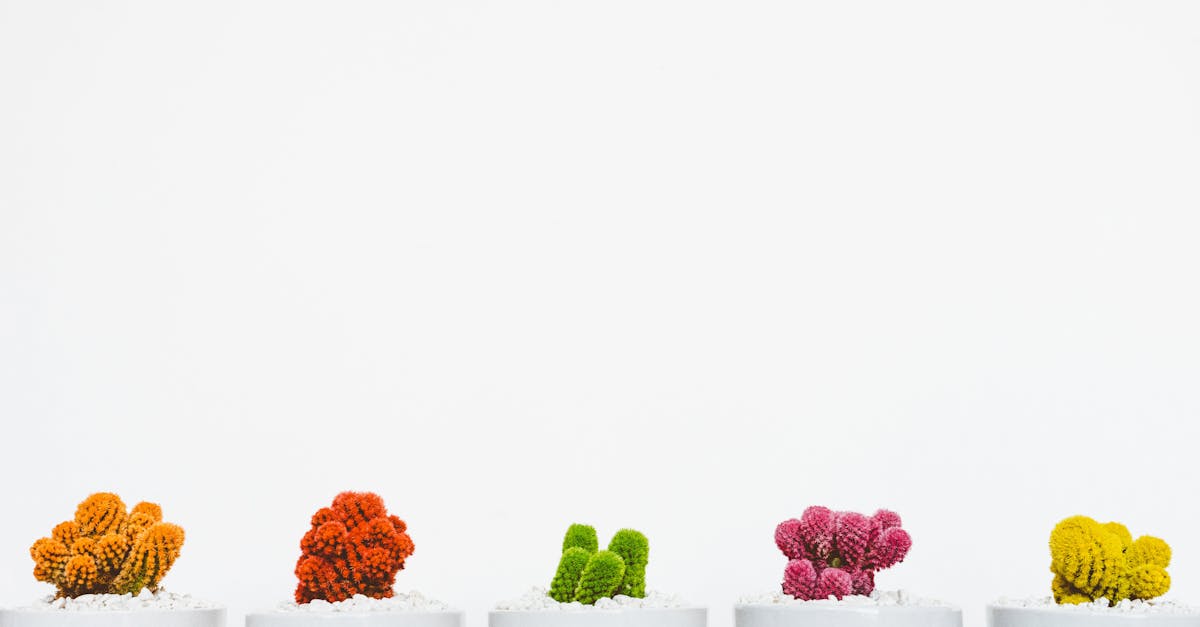Mastering the Art of Chinese Elm Bonsai: A Journey of Patience and Serenity
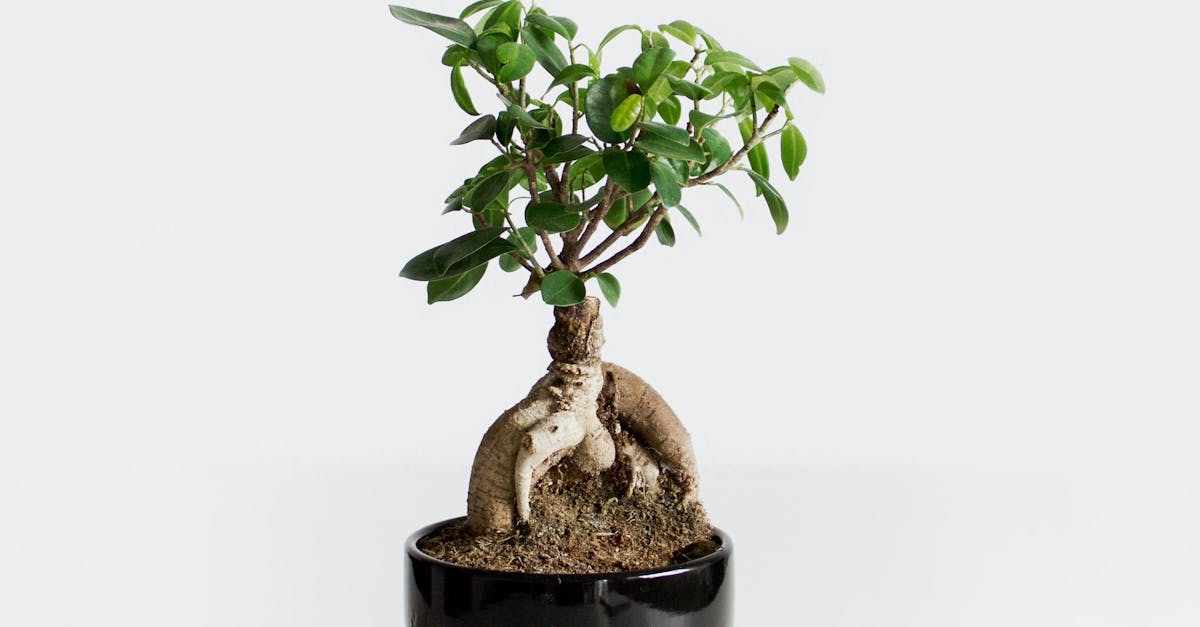
Chinese Elm Bonsai: A Timeless Masterpiece in Miniature
The art of bonsai, originating in ancient China, captures the essence of nature in miniature form. Among the most popular and rewarding bonsai species is the Chinese Elm, renowned for its delicate foliage, graceful silhouette, and enduring resilience. This comprehensive guide will delve into the intricate world of Chinese Elm Bonsai, providing aspiring enthusiasts with the knowledge to cultivate and nurture these living works of art. Embark on a journey into the realm of miniature landscapes, where patience, observation, and a deep appreciation for nature converge to create living masterpieces.
Chinese Elm Bonsai has captivated enthusiasts worldwide with its timeless beauty and adaptability to diverse climates. Originating from the Ulmaceae family, this hardy species exhibits an array of captivating features. The Chinese Elm’s most striking characteristic is its foliage, a cascade of tiny, serrated leaves that dance in the breeze like miniature butterflies. Its supple branches lend themselves effortlessly to shaping, allowing bonsai artists to create intricate forms that mimic the grandeur of nature’s ancient trees.
1. Introduction to Chinese Elm Bonsai
Introduction to Chinese Elm Bonsai
Chinese Elm Bonsai, an ancient art form originating in China, has captivated enthusiasts worldwide with its timeless beauty and adaptability. This enchanting miniature art form captures the essence of nature, presenting a living landscape in a petite form. Chinese Elm (Ulmus parvifolia), with its delicate foliage, graceful silhouette, and enduring resilience, is one of the most popular species for bonsai. Its adaptability to diverse climates and ease of cultivation make it an ideal choice for beginners and experienced bonsai artists alike.
Bonsai cultivation involves meticulous care and attention to detail, mirroring the delicate balance found in nature. Chinese Elm Bonsai requires careful pruning, shaping, and wiring to guide its growth and create the desired form. The artist’s vision and skill are evident in the intricate shapes and harmonious proportions that characterize these miniature masterpieces. Whether displayed in traditional Japanese tokonoma alcoves or as standalone works of art, Chinese Elm Bonsai adds a touch of serenity and natural beauty to any space.
The history of Chinese Elm Bonsai is deeply intertwined with Chinese culture and philosophy. Bonsai, meaning ‘tray planting’ in Japanese, originated in China over a thousand years ago and was brought to Japan in the 13th century. Over the centuries, Chinese Elm Bonsai has evolved into a distinct art form, with its own unique aesthetic principles and techniques. Today, it continues to be a cherished tradition, passed down through generations of bonsai enthusiasts.
2. Tree Selection and Preparation
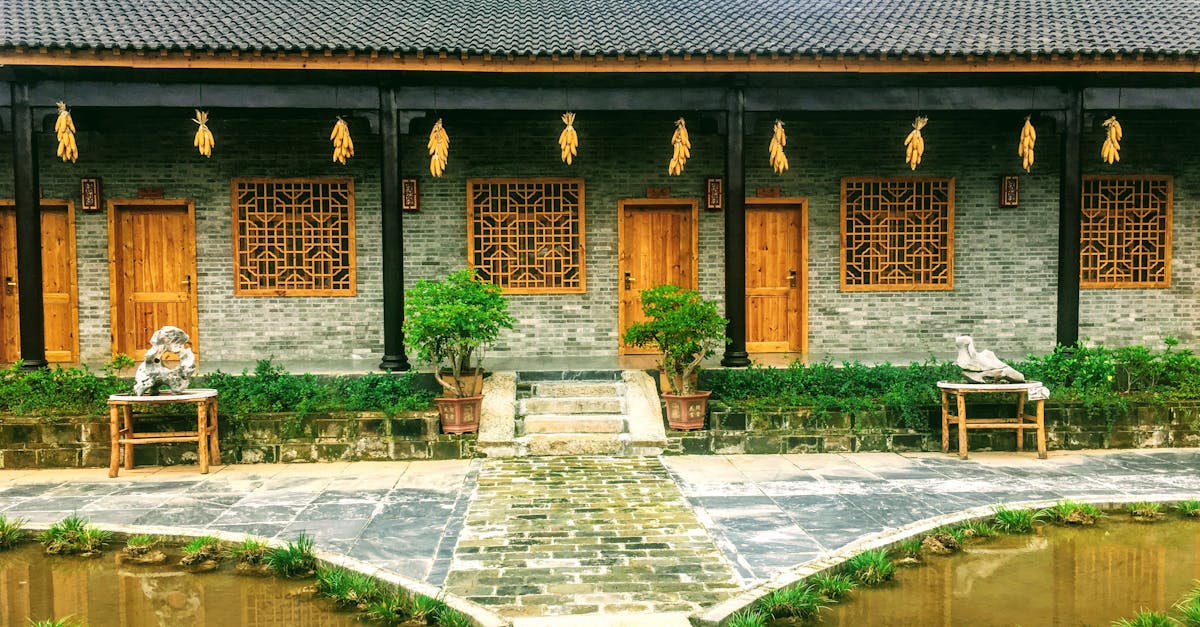
Tree Selection and Preparation: Choosing and Preparing the Foundation of Your Bonsai
Selecting the right tree is crucial for a successful bonsai journey. Chinese Elm Bonsai can be grown from seedlings, cuttings, or collected from nature. When selecting a tree, consider its age, size, root structure, and overall health. Younger trees are more adaptable and easier to train, while older trees offer a more mature and established look. The size of the tree should be proportionate to the desired size of the bonsai, and the root structure should be dense and fibrous to provide a stable foundation.
Before planting the tree in a bonsai container, it is essential to prepare it properly. Root pruning is necessary to encourage the growth of fine, fibrous roots that are better suited for bonsai cultivation. Remove any large or damaged roots and trim the remaining roots to a length of 3-4 inches. The root ball should be compact and fit snugly into the bonsai pot. After root pruning, the tree should be repotted into a well-draining bonsai soil mix. A mixture of akadama, pumice, and lava rock is commonly used for Chinese Elm Bonsai. The soil should be slightly moist but not waterlogged.
Once the tree is planted, it is important to provide proper care and maintenance. Regular watering, fertilization, and sunlight are essential for healthy growth. Chinese Elm Bonsai should be watered when the soil surface becomes slightly dry to the touch. Fertilize the tree monthly during the growing season with a balanced bonsai fertilizer. Provide the tree with ample sunlight, but protect it from harsh afternoon sun, especially during the summer months. With proper care, your Chinese Elm Bonsai will thrive and develop into a beautiful and long-lasting miniature masterpiece.
Choosing a Healthy Tree
Choosing a Healthy Tree: Selecting the Ideal Chinese Elm for Your Bonsai
When selecting a Chinese Elm tree for bonsai, it is important to choose a healthy specimen with good potential for development. Several key factors to consider include leaf size, branch structure, and overall vigor.
Leaf size is an important consideration, as the size of the leaves will influence the overall scale of the bonsai. Smaller leaves are generally preferred for bonsai, as they create a more refined and delicate appearance. Chinese Elm trees with smaller leaves, such as the ‘Seiju’ cultivar, are popular choices for bonsai enthusiasts.
Branch structure is another important factor to consider. The branches should be well-spaced and have a good balance and taper. Avoid trees with branches that are too thick or crowded, as these can be difficult to train and shape. Look for trees with branches that have a natural movement and flow, as this will add character and interest to your bonsai.
Overall vigor is essential for a healthy and long-lived bonsai. The tree should have a strong root system and be free of pests and diseases. Check the leaves for any signs of yellowing, browning, or curling, as these can indicate underlying health issues. A healthy tree will have a vibrant green color and will be actively growing new leaves and branches.
Root Preparation
Root Preparation: Nurturing the Foundation of Your Bonsai
Root preparation is a crucial step in bonsai cultivation, as it promotes healthy growth and stability in the bonsai container. The roots of a bonsai tree need to be pruned and shaped to encourage the development of a dense and fibrous root system. This will help the tree to absorb water and nutrients more efficiently and to anchor itself firmly in the pot.
To prepare the roots of a Chinese Elm bonsai, carefully remove the tree from its original container and gently loosen the soil around the roots. Use sharp pruning shears to trim any large or damaged roots, and then shorten the remaining roots to a length of 3-4 inches. The goal is to create a compact and fibrous root ball that will fit snugly into the bonsai pot.
Once the roots have been trimmed, it is important to shape them to promote healthy growth. Use your fingers to gently spread out the roots in a radial pattern, and then use a chopstick or other blunt object to create small channels in the soil where the roots will be placed. This will help to encourage the roots to grow in a downward direction and to anchor the tree firmly in the pot.
3. Potting and Soil Requirements
Potting and Soil Requirements: Creating the Ideal Environment for Your Bonsai
Choosing the right pot and soil is essential for the health and longevity of your Chinese Elm bonsai. The pot should be proportionate to the size of the tree and should have drainage holes to prevent waterlogging. Traditional bonsai pots are made of clay or ceramic and come in a variety of shapes and sizes.
The soil mix for Chinese Elm bonsai should be well-draining and slightly acidic. A mixture of akadama, pumice, and lava rock is commonly used, as it provides good drainage and aeration. The soil should be slightly moist but not waterlogged. When potting your bonsai, place a layer of drainage material, such as gravel or expanded clay pebbles, in the bottom of the pot. Then, add a layer of bonsai soil and gently place the tree in the pot. Fill in the remaining space with soil, making sure to firm it around the roots. Water the tree thoroughly after potting.
4. Watering and Fertilizing
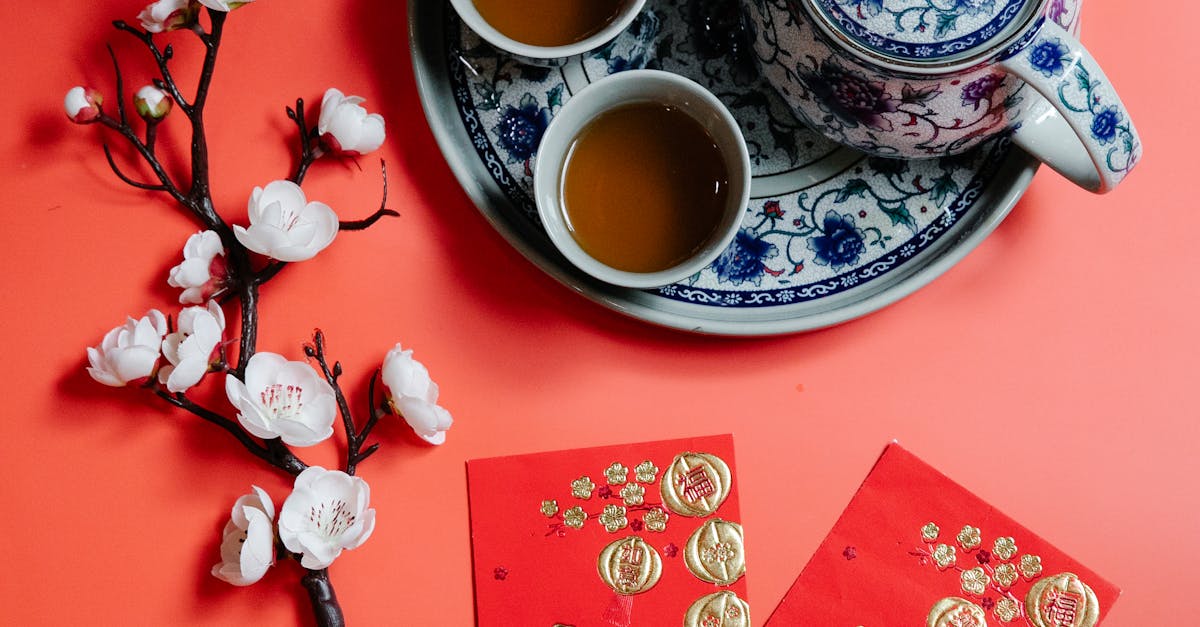
Watering and Fertilizing: Nurturing Your Bonsai for Optimal Health
Watering and fertilizing are essential for the health and growth of your Chinese Elm bonsai. Watering should be done regularly, but the frequency will vary depending on the size of the tree, the soil conditions, and the climate. In general, Chinese Elm bonsai should be watered when the soil surface becomes slightly dry to the touch. Avoid overwatering, as this can lead to root rot and other problems.
When watering your bonsai, use room-temperature water and water deeply, until the water drains out of the drainage holes in the bottom of the pot. Fertilizing should be done monthly during the growing season with a balanced bonsai fertilizer. Follow the instructions on the fertilizer package carefully, and avoid over-fertilizing, as this can damage the tree.
In addition to regular watering and fertilizing, it is also important to check the pH level of the soil periodically. Chinese Elm bonsai prefer slightly acidic soil, with a pH of around 6.0 to 6.5. If the soil pH is too high or too low, it can affect the tree’s ability to absorb nutrients. You can adjust the pH of the soil by adding sulfur or lime, as needed.
Watering Techniques
Watering Techniques: Ensuring Optimal Hydration for Your Bonsai
Watering is a critical aspect of bonsai care, and the optimal frequency will vary depending on several factors, including soil moisture, temperature, and tree size. Here are some guidelines to help you determine the best watering schedule for your Chinese Elm bonsai:
Soil moisture: The best way to determine if your bonsai needs water is to check the soil moisture. Insert your finger into the soil up to the first knuckle. If the soil feels dry to the touch, it is time to water your tree. Avoid overwatering, as this can lead to root rot and other problems.
Temperature: The temperature will also affect how often you need to water your bonsai. In hot weather, the soil will dry out more quickly, so you will need to water your tree more frequently. In cooler weather, the soil will retain moisture for longer, so you can water your tree less often.
Tree size: Smaller trees will need to be watered more frequently than larger trees, as they have a smaller root system and less capacity to store water. Larger trees can go longer between waterings, as they have a larger root system and can store more water.
In addition to these general guidelines, it is also important to observe your tree and learn its individual watering needs. Different trees may have different preferences, so it is important to pay attention to how your tree responds to different watering schedules.
Fertilization Schedule
Fertilization Schedule: Nourishing Your Bonsai for Optimal Growth
Fertilizing is an essential part of bonsai care, as it provides the tree with the nutrients it needs to grow and thrive. The type of fertilizer you use, the application method, and the frequency of fertilization will all affect the health of your tree. Here are some guidelines to help you develop a fertilization schedule for your Chinese Elm bonsai:
Type of fertilizer: Chinese Elm bonsai trees prefer a balanced fertilizer with a ratio of nitrogen, phosphorus, and potassium (NPK) of around 10:10:10. You can also use a fertilizer that is specifically designed for bonsai trees.
Application method: Fertilizers can be applied to bonsai trees in a variety of ways, including foliar feeding, soil drenching, and slow-release fertilizers. Foliar feeding involves spraying the fertilizer directly onto the leaves of the tree. Soil drenching involves watering the tree with a fertilizer solution. Slow-release fertilizers are applied to the soil and release nutrients over a period of time.
Frequency of fertilization: The frequency of fertilization will vary depending on the type of fertilizer you are using and the size of your tree. In general, you should fertilize your Chinese Elm bonsai every two to four weeks during the growing season. During the winter months, you can reduce the frequency of fertilization to once a month or less.
It is important to follow the instructions on the fertilizer package carefully, and to avoid over-fertilizing, as this can damage the tree.
5. Pruning and Shaping Techniques
Pruning and Shaping Techniques: Sculpting the Beauty of Your Bonsai
Pruning and shaping are essential techniques for creating and maintaining a beautiful bonsai. Pruning involves removing unwanted branches and leaves, while shaping involves training the branches to grow in a desired direction. Here are some basic pruning and shaping techniques for Chinese Elm bonsai:
Leaf trimming: Leaf trimming is a technique used to reduce the size of the leaves and to create a more compact and refined appearance. To trim the leaves, use sharp scissors to cut the leaves in half or to remove them entirely. You can also use your fingers to gently pluck the leaves off the branches.
Branch wiring: Branch wiring is a technique used to train the branches to grow in a desired direction. To wire a branch, use aluminum or copper wire to wrap around the branch and gently bend it into the desired position. Secure the wire with a few twists and leave it in place for several months, or until the branch has grown into the desired shape.
Root pruning: Root pruning is a technique used to control the growth of the roots and to encourage the development of a dense and fibrous root system. To prune the roots, remove the tree from its pot and carefully trim any long or damaged roots. You can also use a sharp knife to score the roots, which will encourage the development of new root growth.
6. Common Pests and Diseases
Common Pests and Diseases: Safeguarding Your Bonsai from Threats
Chinese Elm bonsai trees are generally hardy and resistant to pests and diseases, but they can still be affected by a variety of problems. Here are some of the most common pests and diseases that affect Chinese Elm bonsai, along with their symptoms, prevention, and treatment options:
Pests:
-
Aphids: Aphids are small, soft-bodied insects that feed on the sap of plants. They can cause leaves to curl and yellow, and they can also transmit diseases. To prevent aphids, keep your bonsai tree healthy and free of weeds. You can also spray your tree with insecticidal soap or neem oil to kill aphids.
-
Mealybugs: Mealybugs are small, white insects that feed on the sap of plants. They can cause leaves to turn yellow and drop off, and they can also produce a sticky substance that attracts ants. To prevent mealybugs, keep your bonsai tree clean and free of debris. You can also spray your tree with insecticidal soap or neem oil to kill mealybugs.
-
Spider mites: Spider mites are tiny, spider-like creatures that feed on the sap of plants. They can cause leaves to turn yellow and drop off, and they can also produce a fine webbing on the leaves. To prevent spider mites, keep your bonsai tree in a humid environment. You can also spray your tree with insecticidal soap or neem oil to kill spider mites.
Diseases:
- Powdery mildew: Powdery mildew is a fungal disease that causes a white powdery substance to form on the leaves of plants. It can cause leaves to turn yellow and drop off, and it can also stunt the growth of the plant. To prevent powdery mildew, keep your bonsai tree in a well-ventilated area. You can also spray your tree with a fungicide to kill powdery mildew.
7. Advanced Techniques for Experienced Bonsai Enthusiasts
Advanced Techniques for Experienced Bonsai Enthusiasts: Exploring the Depths of Bonsai Mastery
As you progress on your bonsai journey, you may wish to explore more advanced techniques to further refine and enhance your trees. These techniques require patience, skill, and a deep understanding of bonsai principles. Here are a few advanced techniques for experienced bonsai enthusiasts:
Jin and shari creation: Jin and shari are techniques used to create deadwood features on bonsai trees. Jin refers to dead branches that have been left on the tree, while shari refers to areas of deadwood on the trunk or branches. These features add character and age to a bonsai tree, and they can be created using a variety of methods, such as scraping, carving, and chemical treatments.
Advanced pruning methods: Advanced pruning methods allow you to refine the shape and structure of your bonsai tree. These methods include techniques such as defoliation, which involves removing all the leaves from the tree at once, and branch bending, which involves using wires or other materials to bend the branches into the desired position. These techniques require careful planning and execution, but they can produce stunning results.
Specialized training techniques: Specialized training techniques are used to create unique and artistic bonsai forms. These techniques include techniques such as root-over-rock, in which the roots of the tree are trained to grow over a rock, and literati, in which the tree is trained to grow in a cascading style. These techniques require a high level of skill and patience, but they can produce truly breathtaking bonsai trees.
Creating Jin and Shari
Creating Jin and Shari: Sculpting the Illusion of Age and Character
Jin and shari are advanced techniques used to create deadwood features on bonsai trees. Jin refers to dead branches that have been left on the tree, while shari refers to areas of deadwood on the trunk or branches. These features add character and age to a bonsai tree, and they can be created using a variety of methods, including scraping, carving, and chemical treatments.
Scraping: Scraping is a technique used to remove the bark from a branch or trunk, exposing the deadwood beneath. This can be done using a sharp knife or a wire brush. Scraping should be done carefully to avoid damaging the living tissue of the tree.
Carving: Carving is a more aggressive technique than scraping, and it can be used to create more dramatic deadwood features. Carving is done using a sharp knife or a chisel. It is important to carve with precision to avoid damaging the living tissue of the tree.
Chemical treatments: Chemical treatments can be used to create deadwood features on bonsai trees. These treatments involve applying a chemical solution to the bark or trunk of the tree. The chemical solution will kill the bark and the underlying wood, creating a deadwood feature.
Advanced Pruning Methods
Advanced Pruning Methods: Refining the Art of Bonsai Sculpture
As you progress on your bonsai journey, you may wish to explore advanced pruning techniques to further refine the shape and structure of your trees. These techniques require patience, skill, and a deep understanding of bonsai principles. Here are two advanced pruning methods for Chinese Elm Bonsai:
Defoliation: Defoliation is a technique that involves removing all the leaves from a bonsai tree at once. This is typically done in the spring or summer, when the tree is actively growing. Defoliation can be used to encourage the growth of new, smaller leaves, and it can also be used to shape the tree by forcing it to produce new branches in the desired areas.
Branch bending: Branch bending is a technique that involves using wires or other materials to bend the branches of a bonsai tree into the desired position. This can be done to create a more balanced and harmonious shape, or to create specific features, such as cascading branches or literati style trees. Branch bending should be done carefully to avoid damaging the branches.
8. Conclusion
Conclusion: Embracing the Journey of Chinese Elm Bonsai
Chinese Elm Bonsai is a beautiful and rewarding art form that can be enjoyed by people of all ages and skill levels. With patience, dedication, and a deep appreciation for nature, you can create living masterpieces that will bring joy and tranquility to your life. This comprehensive guide has provided you with the essential knowledge and techniques to embark on your bonsai journey. Remember to observe your tree closely, learn from experienced bonsai enthusiasts, and never stop exploring the depths of this ancient art form.
Additional resources for further learning:
These resources offer a wealth of information on all aspects of bonsai, from basic care and maintenance to advanced techniques and styling. By continuing to learn and experiment, you will不断发现新的方法来完善你的中国榆树盆景,并享受这一有益身心的爱好带来的无穷乐趣。
Q: What is the best soil for Chinese Elm Bonsai?
A: Chinese Elm Bonsai trees prefer a well-draining soil mix that is slightly acidic. A mixture of akadama, pumice, and lava rock is commonly used, as it provides good drainage and aeration.
Q: How often should I water my Chinese Elm Bonsai?
A: Water your Chinese Elm Bonsai when the soil surface becomes slightly dry to the touch. Avoid overwatering, as this can lead to root rot and other problems.
Q: How often should I fertilize my Chinese Elm Bonsai?
A: Fertilize your Chinese Elm Bonsai every two to four weeks during the growing season with a balanced bonsai fertilizer.
Q: How can I prevent pests and diseases from affecting my Chinese Elm Bonsai?
A: Keep your bonsai tree healthy and free of weeds to prevent pests. You can also spray your tree with insecticidal soap or neem oil to kill pests. To prevent diseases, keep your bonsai tree in a well-ventilated area and avoid overwatering.
Q: Where can I learn more about Chinese Elm Bonsai?
A: There are many resources available to learn more about Chinese Elm Bonsai. You can find books, articles, and videos online. You can also visit a local bonsai nursery or club to learn from experienced bonsai enthusiasts.

